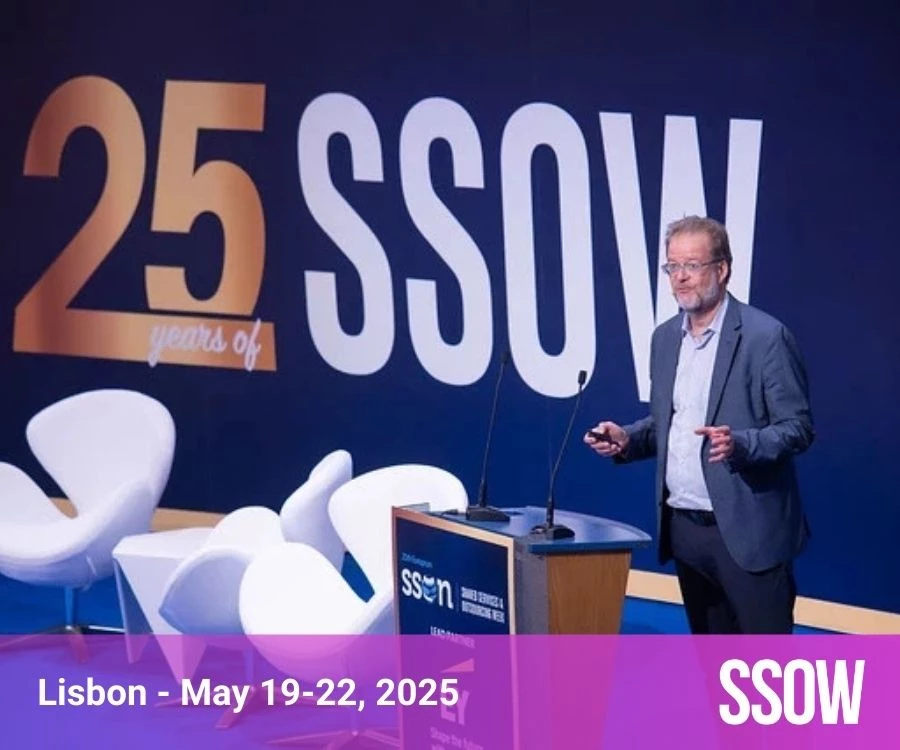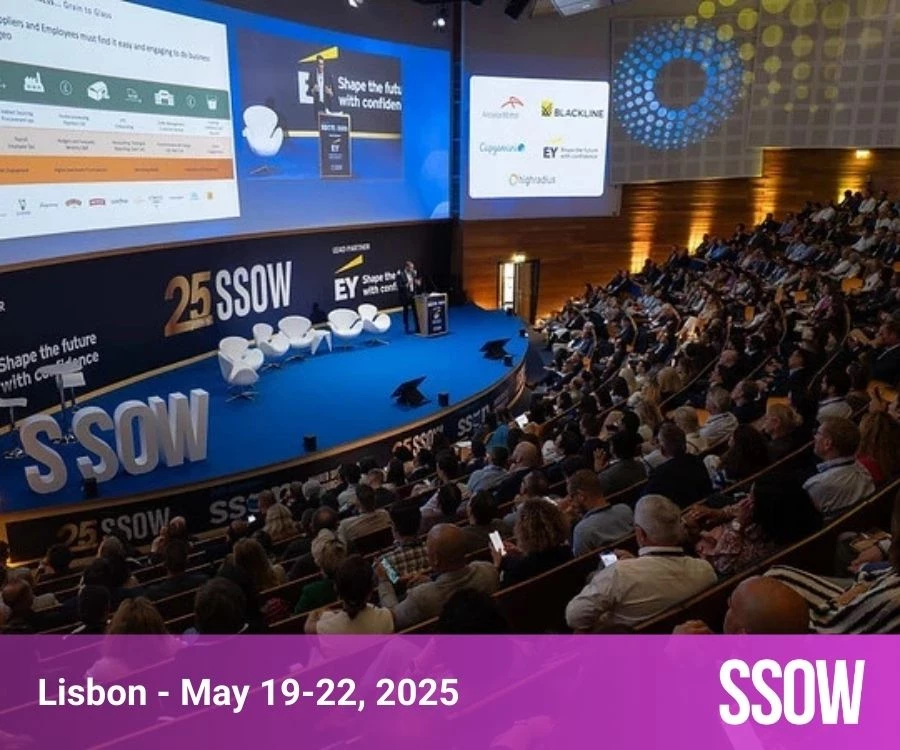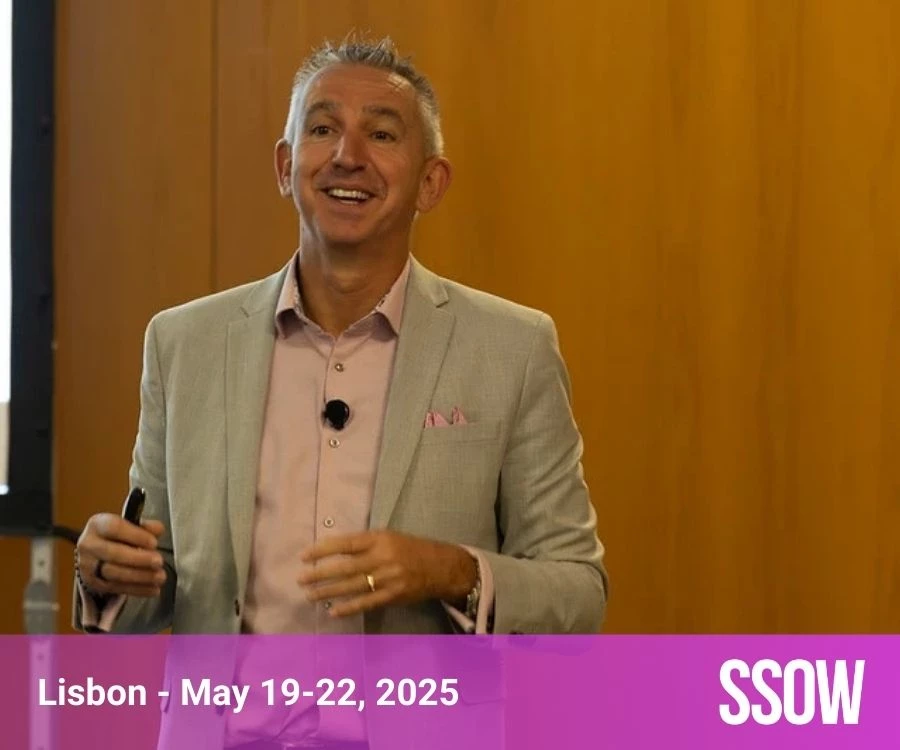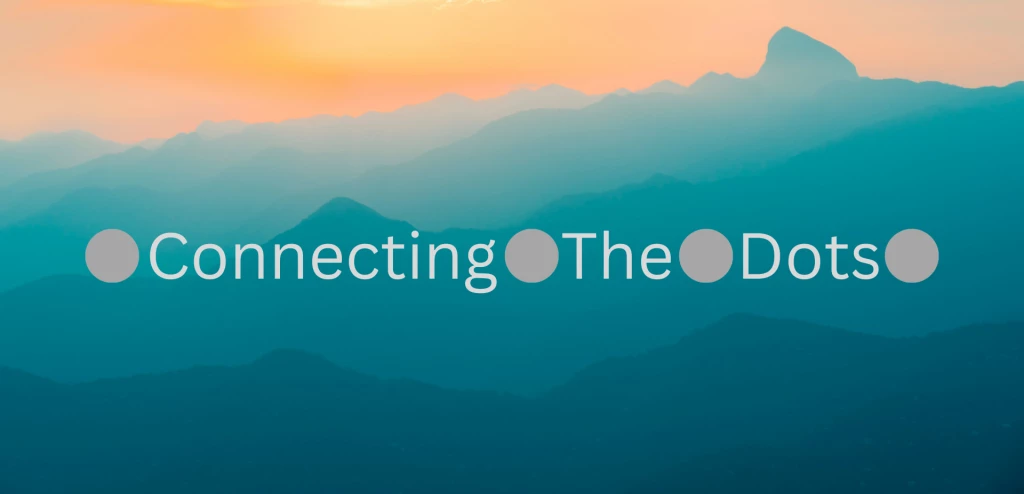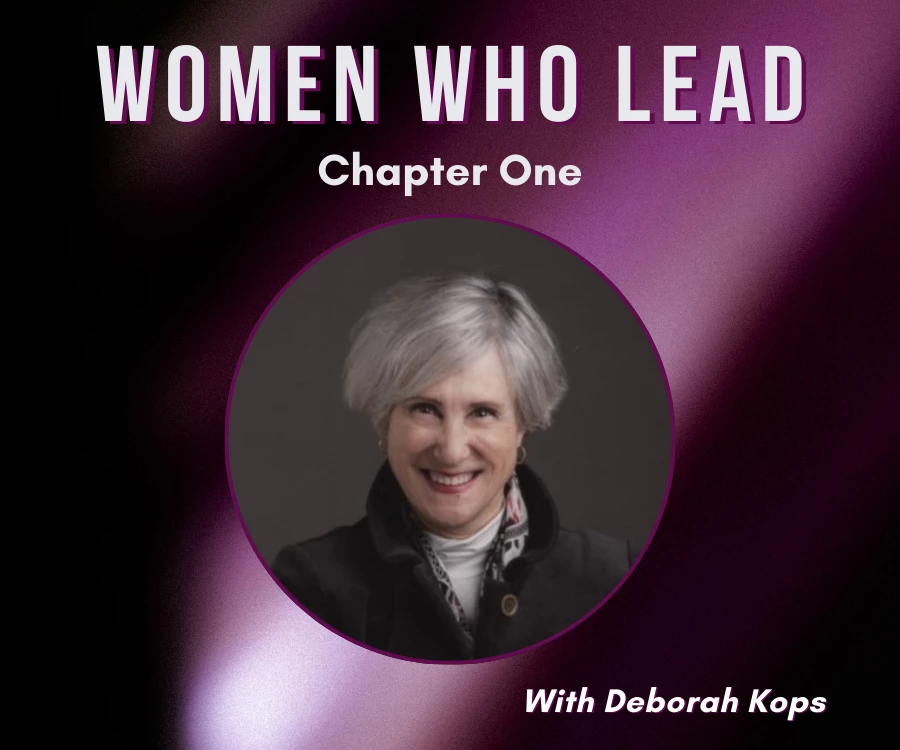
In this second post about building and running an internal consulting team within a GBS organization, I share advice on culture building and talent management based on personal lessons learned in the field and techniques that worked in practice.
Build the culture you want, or risk an incoherent mix of legacies
I cover culture first because it is a primary concern, not an afterthought. Culture is key for any GBS team, and particularly so for an internal consulting practice. It is not something to leave to chance. If you want to attract and retain talented and ambitious people, and form them into high-performing project teams that operate without close supervision, the culture needs to bring the people together. As many of the team will join from major consulting companies, there is a risk of replicating cultures from elsewhere, or worse, establishing warring tribes with their own ideas of what good looks like.
Key lessons learned in the field
- Recognize that this is culture building not culture change. When you are building a new team, especially if hiring at pace, you have an excellent opportunity to set out the stall.
- Understand that culture building requires prioritized and ongoing work. Early on, I made the mistake of underestimating what was required. I tried to mobilize the leadership team by stressing its importance and dedicating a day of an offsite to culture. We created a culture aspiration statement and left with intent to work together on the topic, but predictably, what followed was a lack of action. It is hard for leaders to work on their own self-awareness and behaviors, and one offsite was not sufficient to change things.
- Have an open-ended plan with room to experiment. After three months, we realized that we needed more structure to provide ongoing focus and support. We discussed it as a leadership group, recommitted, and asked a small team to make a multi-year culture-building plan. We gave ourselves the space to experiment with different tactics. We evolved the plan each year, with different team members taking the baton, driving further innovation. We ran exercises that built on one another within the same frame of creating a 21st-century leadership culture, with ‘high support’ and ‘high challenge’ and a personal connection to the strengths, preferences, and aspirations of each colleague in the team.
- Place a special focus on the leadership group. Of course, the culture of the team is not defined by a plan, but by the individual interactions that we have with our colleagues every day. Most important amongst these is the tone set by the leaders, and their ability to show up for their team in an empathetic and self-aware way. Our work put a special focus on our leaders, helping them to understand our desired culture and the impact that they were having on those around them, and practice any behaviors that they needed to adopt.
- Align the team behind the plan. To show our commitment, the leadership team adopted a multi-year objective to achieve the development of our target culture. This was also my personal primary objective for two years.
- Respond to issues and be as open as possible. Of course, there were times when behaviors and practices did not measure up to our intent. Where we saw this, we always acted. I am particularly proud of those times when we were able to help leaders that came with a ‘20th Century’ mindset to shift. This action, though, was not always obvious to the team. We had many open channels for feedback, and we learned that it was difficult to act meaningfully where this was anonymous because you cannot clarify the points being made. We, therefore, did as much as possible in the open, and I remain indebted to those colleagues who were courageous and spoke up on behalf of the team to make this possible.
- Measure the outcome and do not expect perfection. We had in-depth employee engagement data generated each quarter. We could use this to track the outcome of our work. We moved the needle, with the scores gradually increasing, but also had some stubborn issues. We knew that we would never reach perfection, particularly if the team or individuals became stressed or felt under threat. What was important was that if we saw issues we responded to them.
Techniques that worked in practice
If I were doing this again, there are five elements that I would include in the culture plan:
- Self-awareness – to help the team truly understand who they are, what they need personally, and what impact their behaviors have on others. At the core of our plan was a self-awareness program run by Jennifer Tarjanyi from leadership development company Fisterra, where each person analyzed their behaviors and underlying motivations in an Immunity to Change map (for a description, see Kegan and Lahey, “The Real Reason People Won’t Change”, Harvard Business Review, November 2001), recording practice commitments to be shared with peers in small groups. Everyone was encouraged to share their maps to demonstrate self-awareness, vulnerability, and a willingness to take feedback and grow.
- Strengths – to help each team member understand their colleagues, what they are good at, and what support they need. Most companies have a preferred diagnostic for this. We worked with Sherif El-Henaoui from consulting company C3C, to understand personal strengths and how these could be blended to create effective teams.
- Purpose – to connect our work to meaningful company, team, and personal purposes. We started each town hall with an inspiring story, demonstrating how our team supported our company’s purpose. We worked with Tim Munden, from consulting company Kairon, to understand our personal leadership purposes, providing tools to get the best from ourselves and all our colleagues.
- Well-being and psychological safety – to make the space and conditions for people to thrive at work. This is key for a consulting workforce, where tasks are often ambiguous and urgent, stretching the team doing the work. We worked at this continually, with team and leader-led sessions, and an excellent workshop from clinical psychologist Bill Mitchell, which provided us all with techniques to help balance our personal and team well-being.
- Ongoing dialog – to keep the desired culture at the front of the minds as a team. We held small group discussions with our 100-line managers in groups of nine to understand, challenge, and build our target culture. This allowed us to be clear on the boundaries and expectations. We had culture discussions in every interview and promotion cycle, reinforcing positive behaviors. We held a senior leader ‘culture hour’ each month, where we asked whether we were doing everything we could to live our cultural ambition.
If this seems like a lot, it is a correct measure of the importance that we placed on culture building. The data showed us that we made progress and the effort paid back. We understood each other better as humans; what drove and motivated us. This enabled a better use of the team and a tighter bond. Our culture was cited as a reason for people joining and remaining in the team. It helped us pull together through challenges, providing glue that made us one tribe, across our sub-teams and sites.
Have a specific talent strategy for the consulting team, it has different needs
A consulting workforce has distinct characteristics and is likely to need different talent management practices to other GBS teams. For example, it is common for consultants to work in project teams and never work closely with their direct line manager, supervisory pyramids (span of control) may be smaller, and consultants will often expect rapid progression to their next role and will take a proactive approach to career management. Instead of ignoring this, you should embrace it and make sure that your talent strategy is fit for purpose.
Key lessons learned in the field
- Work with HR to plan the adjustments to the ‘normal’ talent strategy. Think broadly about the existing talent processes for GBS and challenge yourselves to adjust them where needed. Do not just go with the flow if things feel important. They probably matter.
- Prioritize explaining how a position-based structure works for a consulting team. Most corporate functions and GBS teams work with a position-based structure, where vacancies are needed for people to be promoted. Most recruits will come from consulting organizations where promotion is perceived as more time and readiness based.
- Support the leadership team to have meaningful conversations with their reports about aspirations and performance. There are big differences in the ability of line managers to do this well. We supported those that found it hardest, but it took several attempts to get the detail of these discussions right.
- Your people will be in demand by the rest of the business; this is a good thing. We actively supported external moves for our team but also made it clear that we expected people to stay in a role for an initial period for sustainability reasons.
- Track the metrics for career development to demonstrate progression. We found it hard at first to manage the master data needed to track accurately, but it was worth the effort to get it working. We were able to demonstrate that we supported lateral and vertical progression for careers. 25% of the team each year, which built confidence in our talent process.
- Expect initial hiring to be slow, but once you get it right, it will accelerate as you build a reputation. When we opened our second site, it took us a year and 100 CVs to hire the first three people. We were not equipped to stand up a new team remotely and everything took time. Once we had that first team in place, we got faster. Local teams were able to hire quicker, and word got around that we were a great place for consultants to work and develop their careers.
Techniques that worked in practice
-
Empower local teams to innovate in talent attraction. The teams in our sites led the charge into their markets. They knew how to raise our profile locally to hit recruitment targets. They initiated campaigns, using videos and memes on LinkedIn and YouTube. It was self-driven, with the team making personal stories to help us hire more people like them. Once those local campaigns were working, the ideas spread to other sites.
-
Develop a consulting-specific career development framework (CDF) to motivate and retain people. We committed to manage according to the practices it set out, so it took us several years to test and finalize it. A few key inclusions:
- Talent management philosophy, and the level of support that consultants should expect in their career development activities.
- Principles and process, so people know how and when development actions and promotions would be considered.
- Accountabilities and responsibilities, with the employee’s role clearly at the center, and guides to support each stakeholder to play their part.
- A preference to promote internally over external hiring – each senior leaver might result in several internal promotions once the vacancy rippled through the ranks.
- An explicit goal to help people move into other parts of the organization to export talent.
I hope you found this post thought provoking. Please do let me have any feedback or questions, or your own ideas of edgy practices that you want to share.
Tim Palmer, Basel, May 2023

















